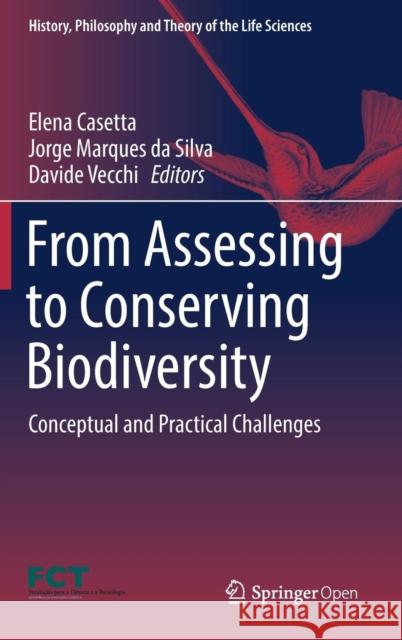From Assessing to Conserving Biodiversity: Conceptual and Practical Challenges » książka
topmenu
From Assessing to Conserving Biodiversity: Conceptual and Practical Challenges
ISBN-13: 9783030109905 / Angielski / Twarda / 2019 / 452 str.
From Assessing to Conserving Biodiversity: Conceptual and Practical Challenges
ISBN-13: 9783030109905 / Angielski / Twarda / 2019 / 452 str.
cena 201,24
(netto: 191,66 VAT: 5%)
Najniższa cena z 30 dni: 192,74
(netto: 191,66 VAT: 5%)
Najniższa cena z 30 dni: 192,74
Termin realizacji zamówienia:
ok. 22 dni roboczych
Bez gwarancji dostawy przed świętami
ok. 22 dni roboczych
Bez gwarancji dostawy przed świętami
Darmowa dostawa!
Kategorie BISAC:
Wydawca:
Springer
Seria wydawnicza:
Język:
Angielski
ISBN-13:
9783030109905
Rok wydania:
2019
Wydanie:
2019
Ilość stron:
452
Waga:
0.82 kg
Wymiary:
23.39 x 15.6 x 2.54
Oprawa:
Twarda
Wolumenów:
01
Dodatkowe informacje:
Wydanie ilustrowane











